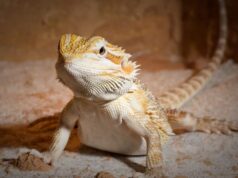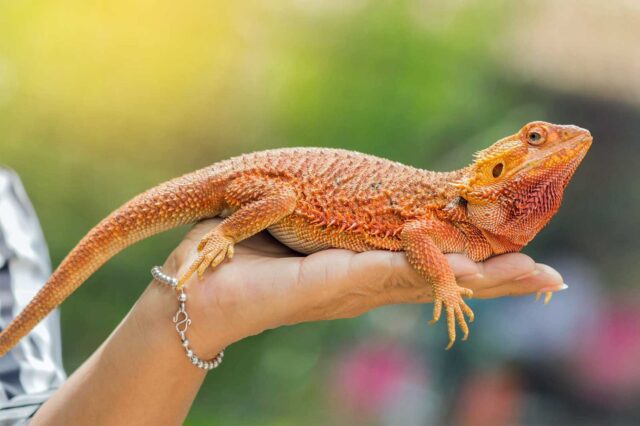
Even very small mice can cause severe, even deadly, injuries to your pet reptiles. Some rodents can even bite right down to the bone. These require immediate veterinary care, for which the owner has to pay a great expense.
This is just one of the many reasons why it’s best to feed your pet reptiles frozen mice and rats rather than live ones. If you’re still not convinced that this is the best feeding method, read on to learn some other reasons.
Live Mice and Rats Are Hard to Get
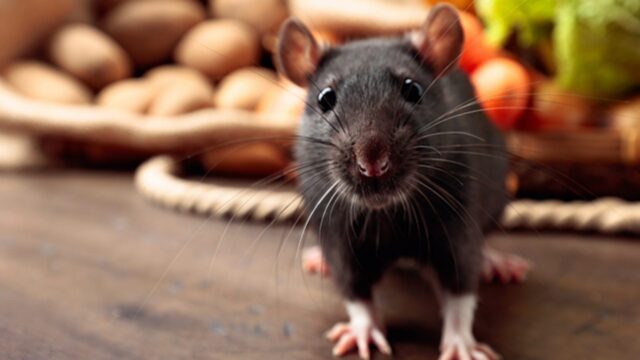
Pet owners looking for food for iguanas, ball pythons, etc. can’t easily get their hands on live rats and mice. They often get put on waiting lists because of the demand. On top of competing with fellow reptile owners, they’re also competing with science professionals who need to use rodents in experiments.
Some pet owners who need, say, iguana food, will attempt to raise rodents on their own. However, this can be time-consuming and expensive. The most convenient option is to search for and purchase any frozen mice for sale.
Frozen Mice and Rats Are Easier to Store
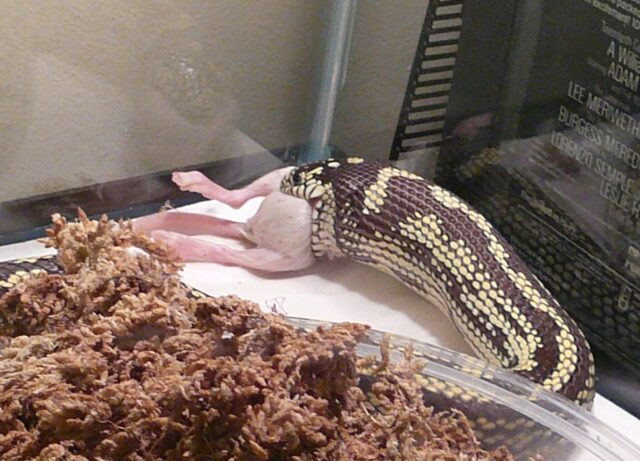
What can a pet owner do if they’ve purchased a live rodent marked as “food for iguana, ball python, etc.” and his or her pet refuses to eat it? He or she may need to take care of the mouse until his or her pet gets hungry again. This will involve housing, feeding, and cleaning up after the rodent.
The pet owner can get rid of the live rodent if necessary, but that could cause the mouse to invade the home and become a pest. The pet owner would also waste the money he or she used to purchase the rodent. When a pet owner feeds a frozen rat or mouse to their pet reptile, he or she won’t deal with any of these issues.
Frozen Rodent Feeding Is More Ethical
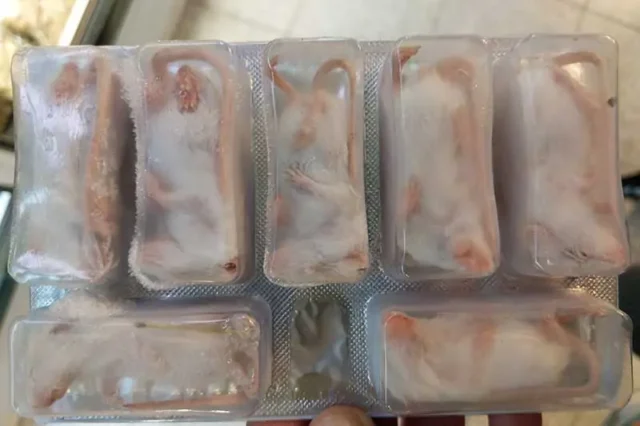
Reptile pet owners may be the kind of people who like all animals. If this is the case, they may struggle to come to terms with the ethics of feeding their reptiles live rodents. Though it may be necessary, this style of feeding may provoke great fear and pain in the rodent.
Any pre-killed frozen rodents haven’t been killed in such a painful way. Governmental regulations require that frozen pet food manufacturers kill mice in a humane, painless way.
Pros and Cons of Feeding Reptiles Frozen Mice
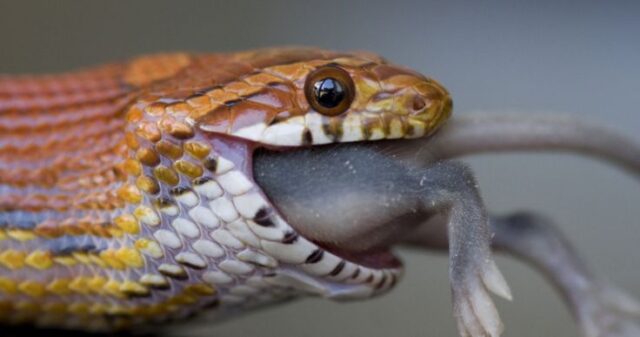
When feeding pet reptiles, the majority of vets recommend using frozen (as opposed to live) mice. While this method has its fair share of benefits and drawbacks, it ultimately ensures a safe and healthy diet for your reptile companion.
Pros:
– Frozen mice are safer and more convenient than live prey, as they do not risk biting or attacking your reptile.
-Frozen mice provide a balanced source of vitamins and minerals that will contribute to overall health and long-term wellness.
– It eliminates the need to trap or breed prey— while there are a few reservoirs of frozen mice in pet stores or online, it is much easier to purchase them than try to care for them yourself.
Cons:
– The freezing process may destroy certain nutrients naturally found in live prey such as fat soluble vitamins A, D, E and K. However this can be addressed by using other foods rich in these essential vitamins such as raw vegetables.
– Though much easier than providing them with a live prey item, there is still some preparation needed when feeding frozen mice — they must be defrosted properly before being fed. If not thawed correctly it may pose a choking hazard for your reptile companion.
How to Introduce Frozen Mice to Reptiles
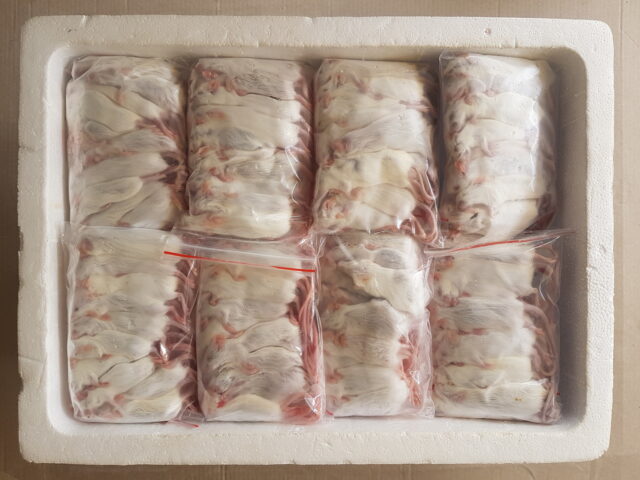
They are an excellent food choice for pet reptiles, and their popularity continues to grow. Offering frozen mice is the most reliable way to ensure a consistently nutritious meal, with no risk of contamination or parasites that could be associated with live prey items. But how do you get your pet reptiles accustomed to eating edible items out of a bag?
The most important thing when introducing any reptile to frozen mice is to be patient and persistent. Start by offering small, one or two centimeter mouse cubes in the captivity setting – allow your pet reptile full access for at least a few days so it can become familiar with its strange smell and movement characteristics. Make sure that a source of clean freshwater is nearby so your reptile can stay hydrated in case it washes the remains of any prey item down its throat. If needed, you may even lightly moisten the prey item with dechlorinated water, as this can increase palatability.
Once your reptile becomes comfortable with these mouse cubes, switch over to larger pre-killed or completely thawed adult mice in captivity settings and apply the same feeding technique – patience will be key! By slowly introducing frozen mice into regular feeding cycles and experimentally adjusting quantities offered each time, you can establish preferences around different breeds of rodents as well as other types of prey items such as lizards or insects.
Remember: never feed your reptile introduced animals such as wild rats/mice from outside habitats due to potential infectious diseases like hantavirus and leptospirosis. Also leave live food items for advanced keepers because some reptiles may reject frozen foods altogether; observe your pet carefully during the transitioning period – especially around meals – and take corrective action if necessary.
Conclusion
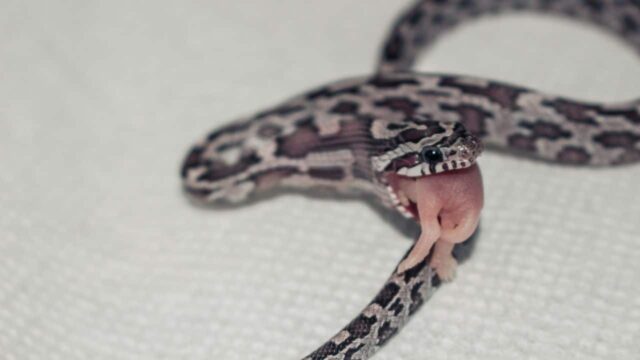
For many reptile owners, frozen mice are one of the best options for pet food. They are convenient and easy to store, they are a reliable source of nutrition, and they offer flexibilityand variety to reptile diets. Because frozen mice cannot contaminate their surroundings or bite out of fear or aggression, they can be safely provided to reptiles without the safety risk associated with live feeder animals.
In some cases, reptiles may not be willing to accept frozen mice as food due to their evolution as predators that hunt live prey. Others may simply prefer the taste of live mice over those that have been killed and frozen beforehand. But by gradually converting your pet’s diet over time and offering both types of prey periodically, you can ensure your pet has a balanced diet full of all the nutrition it needs without putting either yourself or your pet in danger from live feeders.

